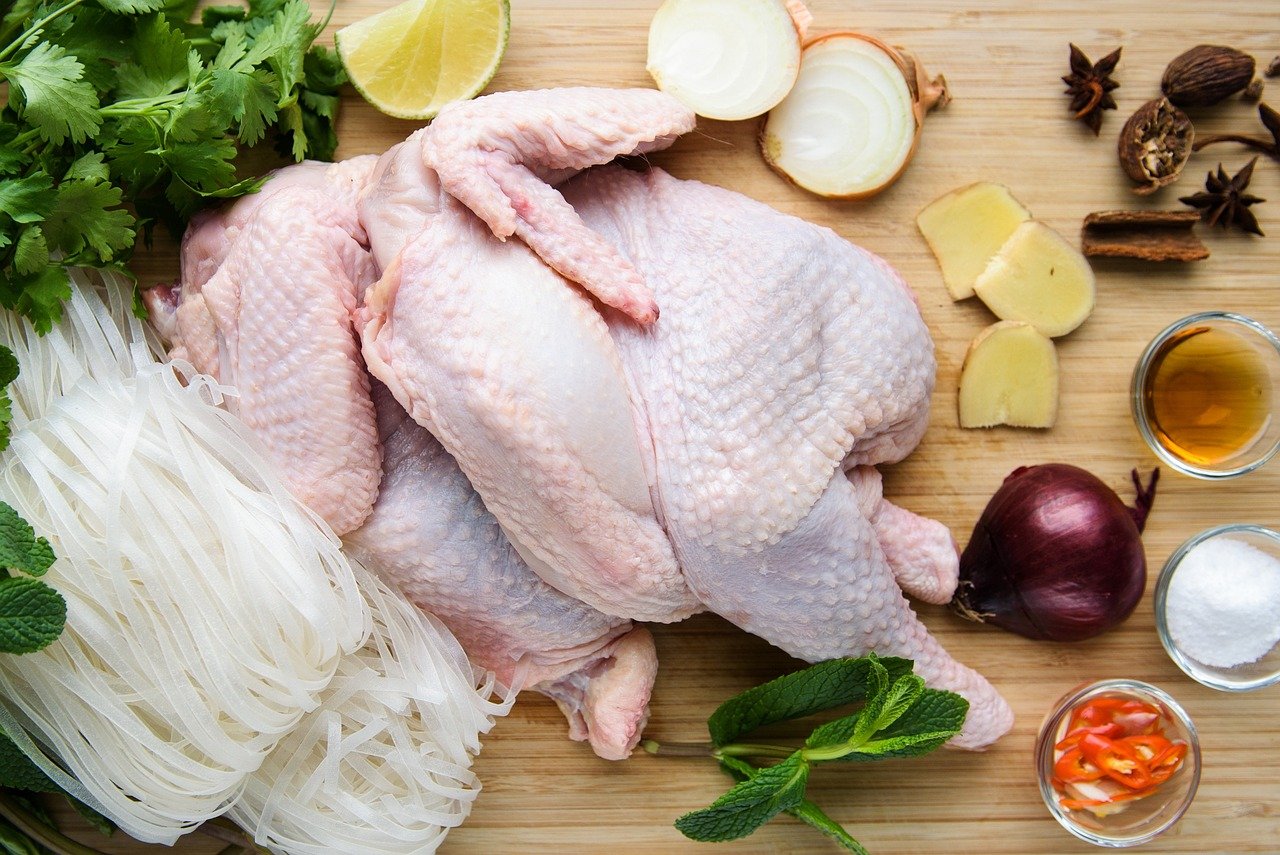Benefits of Bone Broth
The ancient art of making bone broth has experienced a resurgence in popularity in recent years. It has some wonderful properties and can be simple to make, utilizing food scraps we might normally toss out to add a powerful nutrient boost and that elusive "umami" flavor to our meals.
Bone broths contain easy to absorb minerals and amino acids, making them wonderful allies in staying healthy and recovering from illness. According to Doctor Auer, “almost every culture throughout history has used bone broth for its nutritional significance, versatility and overall deliciousness. Chinese medicine practitioners use bone broth to strengthen the kidney, support digestive systems and build blood. The term “Jewish penicillin” is used for chicken soup, known to inhibit cell inflammation and mitigate cold symptoms. And the English sip beef tea, or beef broth, used since the Victorian era.”
You might have heard that chicken soup can cure a cold, and that is because chicken contains a natural amino acid called cysteine, which can thin the mucus in your lungs and make it less sticky so you can expel it more easily. Processed, canned soups will not work as well as the homemade version made from slow-cooked bone broth (and you want to avoid all the preservatives and other harmful compounds that are found in processed foods).
For best results, make broth from scratch (or ask a friend or family member to do so). According to Sally Fallon, here is one reason to make bone broth:
"Stock contains minerals in a form the body can absorb easily—not just calcium but also magnesium, phosphorus, silicon, sulfur and trace minerals. It contains the broken down material from cartilage and tendons--stuff like chondroitin sulphates and glucosamine, now sold as expensive supplements for arthritis and joint pain."
The cooking process breaks down bones and connective tissues – including proteins, minerals and fat – that heal the body in various ways, and can be more beneficial than taking certain supplements, especially for those with digestive problems.
“When you ingest bone broth, it feeds the body with collagen, which is the building block of cells to bones, ligaments, cartilage and the brain.” - Doctor Auer
Other Healing Benefits of Bone Broth
Helps heal and seal your gut, and promotes health digestion. The gelatin found in bone broth is a hydrophilic colloid. It attracts and holds liquids, including digestive juices, thereby supporting proper digestion.
Inhibits infection caused by cold and flu viruses, etc. A study published over a decade ago found that chicken soup indeed has medicinal qualities, significantly mitigating infection.
Reduces joint pain and inflammation, courtesy of chondroitin sulphates, glucosamine, and other compounds extracted from the boiled down cartilage.
Fights inflammation: Amino acids such as glycine, proline, arginine all have anti-inflammatory effects. Glycine also has calming effects, which may help you sleep better.
Promotes strong, healthy bones. As mentioned above, bone broth contains high amounts of calcium, magnesium, and other nutrients that play an important role in healthy bone formation.
Promotes healthy hair and nail growth, thanks to the gelatin in the broth.
Sources:
Doctor Auer: http://doctorauer.com/benefits-of-bone-broth/
Doctor Mercola: http://articles.mercola.com/sites/articles/archive/2013/12/16/bone-broth-benefits.aspx
Sally Fallon at Weston A. Price Foundation: http://www.westonaprice.org/health-topics/broth-is-beautiful/
Easy Chicken Broth Recipe
by Sally Fallon at the Weston A. Price Foundation
Making your own bone broth is very cost effective, as you can make use of left over carcass bones that would otherwise be thrown away. And while the thought of making your own broth may seem intimidating at first, it's actually quite easy.
It is extremely important to use organically-raised, pastured or grass-fed animal bones for your broth. As noted by Sally Fallon, chickens raised in confined animal feeding operations (CAFOs) tend to produce stock that doesn't gel, and gelatin is one of the benefits we want to get from our broth. Besides that, CAFO animals are fed an unnatural diet that is not beneficial for their intestinal makeup, and they're also given a variety of veterinary drugs and growth promoters. You don't want any of these potentially harmful additives in your broth, so make sure to start off with an organically-raised product.
Ingredients
1 whole free-range chicken or 2 to 3 pounds of bony chicken parts, such as necks, backs, breastbones, and wings
Gizzards from one chicken (optional)
2-4 chicken feet (optional)
4 quarts cold filtered water
2 tablespoons vinegar
1 large onion, coarsely chopped
2 carrots, peeled and coarsely chopped
3 celery stalks, coarsely chopped
1 bunch parsley
Please note the addition of vinegar. Not only are fats are ideally combined with acids like vinegar, but when it comes to making broth, the vinegar helps leech all those valuable minerals from the bones into the stockpot water, which is ultimately what you'll be eating. The goal is to extract as many minerals as possible out of the bones into the broth water. Bragg's raw apple cider vinegar is a good choice as it's unfiltered and unpasteurized.
Directions
There are lots of different ways to make bone broth, and there really isn't a wrong way. You can find different variations online. If you're starting out with a whole chicken, you'll of course have plenty of meat as well, which can be added back into the broth later with extra herbs and spices to make a chicken soup. I also use it on my salad.
Fill up a large stockpot (or large crockpot) with pure, filtered water. (A crockpot is recommended for safety reasons if you have to leave home while it's cooking.)
Add vinegar and all vegetables except parsley to the water.
Place the whole chicken or chicken carcass into the pot.
Bring to a boil, and remove any scum that rises to the top.
Reduce the heat to the lowest setting and let simmer.
If cooking a whole chicken, the meat should start separating from the bone after about 2 hours. Simply remove the chicken from the pot and separate the meat from the bones. Place the carcass back into the pot and continue simmering the bones for another 12-24 hours and follow with step 8 and 9.
If cooking bones only, simply let them simmer for about 24 hours.
Fallon suggests adding the fresh parsley about 10 minutes before finishing the stock, as this will add healthy mineral ions to your broth.
Remove remaining bones from the broth with a slotted spoon and strain the rest through a strainer to remove any bone fragments.



